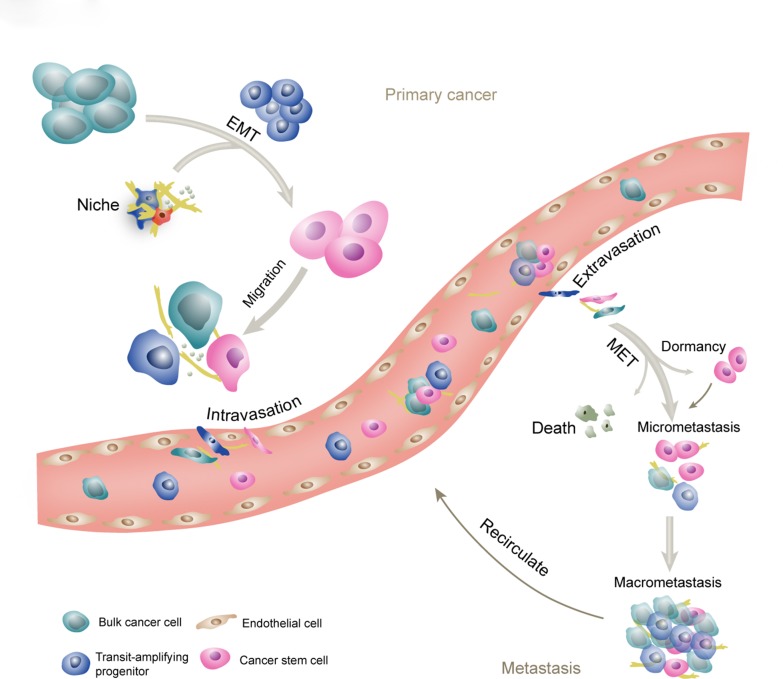Figure 2. The schematic of CSCs and metastasis.
Metastatic cascade involves invasion and intravasation from the primary tumor, circulation and transformation in the vessel systems, selective extravasation in certain organs, survival and settlement into the foreign niches, reactivation from cell cycle arrest, and re-building of an overt tumor mass. CSCs are regarded as the initiating cells in the primary tumor and at the metastatic sites. The transit-amplifying progenitors are derived from CSCs and committed to generate differentiated cancer cells. The EMT program leads to generation of the CSC phenotype, while the reverse process will facilitate the establishment of metastatic tumors. Collective invasion and collective circulation are important ways for the cancer cells to enhance the efficiency of metastasis. Frequently, after extravasation, the cancer cells enter a dormant state that can last for decades and exhibit strong resistance to current therapies. In appropriate situation, the micrometastasis will progress into the macrometastasis.

